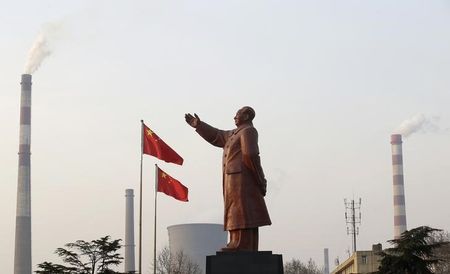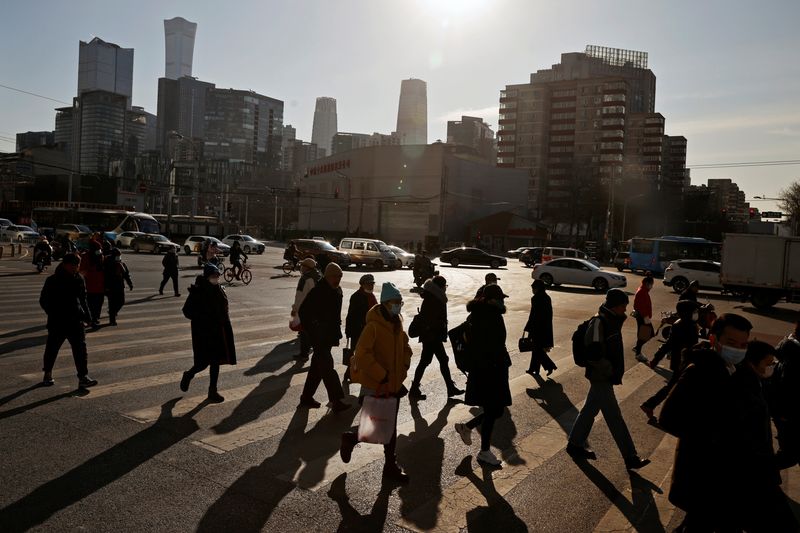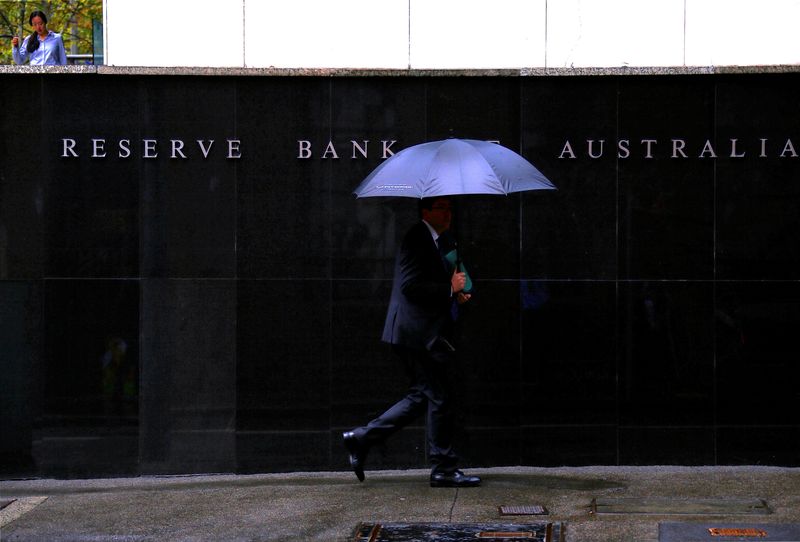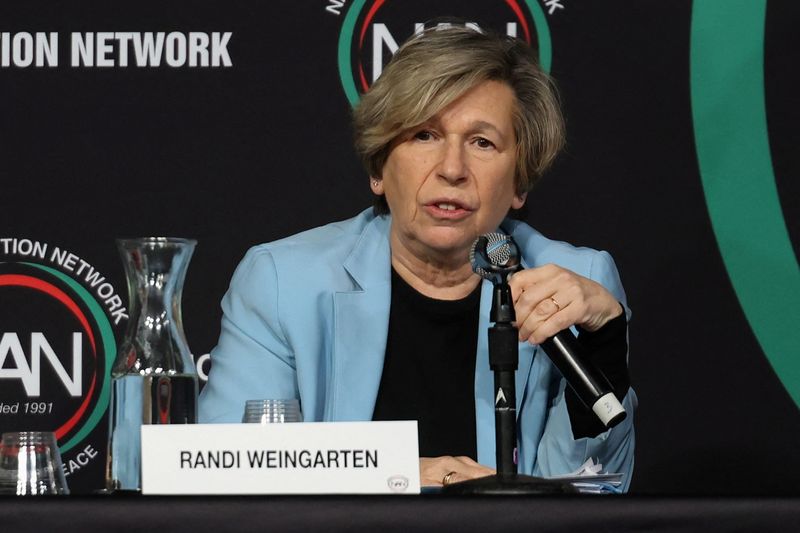The Finance Act, 2023 has made the new tax regime under section 115BAC(1A) as the default tax regime for individuals/HUFs/AOPs (other than co-operative societies)/BOIs and artificial juridical persons. Thereafter, vide the successive Finance Acts, the rates were further rationalized by the Finance No.2 Act 2024 and Finance Act 2025 –
Income tax rate for AY 2024-25, AY 2025-26, AY 2026-27
|
Finance Act, 2023 (A.Y.2024-25) |
Finance (No.2) Act, 2024 (A.Y.2025-26) |
Finance Act, 2025 (A.Y.2026-27) |
||||
|
Slabs |
Rate |
Slabs |
Rate |
Slabs |
Rate |
|
|
Upto Rs.3,00,000 |
Nil |
Upto Rs.3,00,000 |
Nil |
Upto Rs.4,00,000 |
Nil |
|
|
Rs.3,00001–Rs.6,00,000 |
5% |
Rs.3,00001–Rs.7,00,000 |
5% |
Rs.4,00,001–Rs.8,00,000 |
5% |
|
|
Rs.6,00001–Rs.9,00,000 |
10% |
Rs.7,00001–Rs.10,00,000 |
10% |
Rs.8,00001–Rs.12,00,000 |
10% |
|
|
Rs.9,00001–Rs.12,00,000 |
15% |
Rs.10,00001–Rs.12,00,000 |
15% |
Rs.12,00001–Rs.16,00,000 |
15% |
|
|
Rs.12,00001–Rs.15,00,000 |
20% |
Rs.12,00001–Rs.15,00,000 |
20% |
Rs.16,00001–Rs.20,00,000 |
20% |
|
|
Above Rs.15,00,000 |
30% |
Above Rs.15,00,000 |
30% |
Rs.20,00,001- Rs.24,00,000 |
25% |
|
|
Above Rs.24,00,000 |
30% |
|||||
|
Rebate u/s 87A for TI upto Rs.7 lakh |
25,000 |
Rebate available for TI upto Rs. 7 lakh |
25,000 |
Rebate available for TI upto Rs. 12 lakh |
60,000 |
|
|
Total tax for total income of Rs.25 lakh |
||||||
|
A.Y.2024-25 |
A.Y.2025-26 |
A.Y.2026-27 |
||||
|
Tax liability |
4,50,000 |
4,40,000 |
3,30,000 |
|||
|
Add: cess@4% |
18,000 |
17,600 |
13,200 |
|||
|
Total tax liability |
4,68,000 |
4,57,600 |
3,43,200 |
|||
Concessional tax slabs and rate under new or default tax regime lower tax liability
CA Charanjot Singh Nanda, President of ICAI. noted that nder the default tax regime under section 115BAC(1A), total income is computed without providing for exemptions/deductions in respect of LTC (u/s 10(5)), HRA u/s 10(13A), other allowances under section 10(14), interest deduction for self-occupied property, additional depreciation, contribution for scientific research, Chapter VI-A deductions u/s 80C/80CCC/80CCD(1)/(1A)/80D (medical insurance premium)/80DD (deduction in respect of maintenance including medical treatment of a dependent who is a person with disability)/80DDB(amount paid for medical treatment of specified diseases)/80TTA (interest on savings bank account)/80TTB (interest on deposits in case of senior citizens etc.
However, higher standard deduction of upto Rs.75,000is available from A.Y.2025-26 under the default tax regime u/s 115BAC(1A) vis-à-vis the standard deduction of upto Rs.50,000 under the regular provisions of the Act.
Also, from A.Y.2026-27, rebate u/s 87A is available for total income of upto Rs.12 lakh under the default tax regime u/s 115BAC(1A); and the maximum rebate is Rs.60,000.
However, under the optional tax regime as per the regular provisions of the Act, rebate u/s 87A is available for total income of Rs.5 lakh; and the maximum rebate is Rs.12,500.
Even though majority of the tax incentives are not available under the default tax regime u/s 115BAC(1A), the tax liability is much lowerunder this regime as compared to the tax computed under the normal provisions of the Act. This is due to concessional tax slabs and rates under the default tax regime.
The tax slabs and rates for A.Y.2024-45/2025-26/2026-27 under the normal provisions of the Act are given below –
|
Tax slab |
Rate |
|
Upto Rs.2,50,000 / Rs.3,00,000 (for senior citizens) /Rs.5,00,000 (very senior citizens) |
Nil |
|
Rs.2,50,001 -Rs.5,00,000 |
5% |
|
Rs.5,00,001 – Rs.10,00,000 |
20% |
|
Above Rs.10,00,000 |
30% |
|
For total income of Rs.25,00,000 for A.Y.2026-27 |
Rs. |
|
Tax payable computed at the above rates if an assessee opts out of the default tax regime and pays tax as per the regular provisions of the Act |
5,62,500 |
|
Add: Cess@4% |
22,500 |
|
Tax payable under the regular provisions of the Act |
5,85,000 |
|
Tax payable under the default tax regime |
3,43,200 |
|
Benefit to the assessee paying tax under the default tax regime |
2,41,800 |
The above would be the benefit if no deductions are claimed by the assessee (under the regular provisions of the Act).
Example
Let us take the case of a salaried employee Mr. A who draws a gross salary of Rs.30 lakh for A.Y.2026-27. He has interest on self-occupied property of Rs. 2 lakh, he has deposited Rs.1,50 lakh in PPF, paid medical insurance premium of Rs.25,000, has interest on savings bank of Rs.20,000. We can compute his total income under the default tax regime and normal provisions of the Act for A.Y.2026-27
|
Default tax regime u/s 115BAC (1A) |
Rs. |
||
|
Gross salary |
30,00,000 |
||
|
Less: standard deduction |
75,000 |
||
|
Net salary |
29,25,000 |
||
|
Interest on savings bank account |
20,000 |
||
|
Total Income |
29,45,000 |
||
|
Tax payable |
4,63,500 |
||
|
Add: cess@4% |
18,540 |
||
|
Total tax liability under the default tax regime u/s 115BAC(1A) |
4,82,040 |
||
|
Optional tax regime (Regular provisions of the Act) |
|||
|
Gross salary |
30,00,000 |
||
|
Less: standard deduction |
50,000 |
||
|
Net salary |
29,50,000 |
||
|
Less: loss from house property |
2,00,000 |
||
|
27,50,000 |
|||
|
Interest income |
20,000 |
||
|
Gross Total Income |
27,70,000 |
||
|
Less: Chapter VI-A deductions |
|||
|
80C (PPF) |
1,50,000 |
||
|
80D (Mediclaim premium) |
25,000 |
||
|
80TTA (interest) |
10,000 |
||
|
1,85,000 |
|||
|
Total Income |
25,85,000 |
||
|
Tax on total income of Rs.25,85,000 |
5,88,000 |
||
|
Add: cess@4% |
23,520 |
||
|
Tax payable |
6,11,520 |
||
It can be seen that inspite of claiming interest deduction of Rs.2 lakh and chapter VI-A deductions of Rs.1.85 lakh, the tax payable by Mr. A is Rs.6,11,520 under the normal provisions of the Act whereas under the default tax regime inspite of non-availability of deductions, the tax payable is only Rs.4,82,040, which is lower than the tax payable of Rs.6,11,520 payable under the regular provisions by Rs.1,29,480.
Also, since there is no requirement to make investments compulsorily for claiming tax deductions, the take home pay under the default tax regime u/s 115BAC(1A) would be higher.
In a nutshell, the default tax regime u/s 115BAC(1A) is more beneficial to a taxpayer even though total income is computed without deductions and exemptions which are available if he opts out and pays tax under the regular provisions. This is because of the concessional tax slabs and rates under the default tax regime.
Cases where decision on choice of old and new tax regime is to be taken after careful evaluation
It may be noted that in certain cases like, in case of assesses paying high rent and eligible for exemption u/s 10(13A) and having LTC benefit u/s 10(5) as well as deductions under Chapter VI-A, they must do their calculations under both the default tax regime and optional tax regime and find out which is more beneficial to them.

 14 hours ago
1
14 hours ago
1




















 English (US) ·
English (US) ·